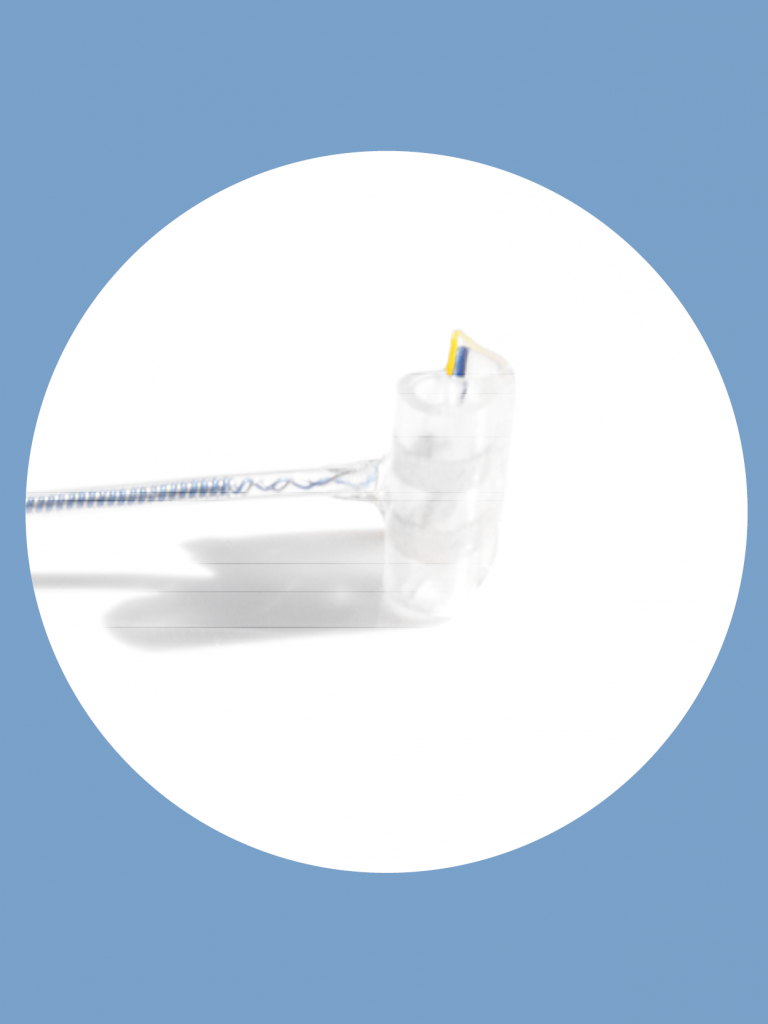Basic research in animal models form an essential milestone on the pathway towards innovative medical treatments. For good reasons, clinical testing in human subjects can only start when the approach has been sufficiently tested and validated in preclinical experiments. Yet, translating a treatment idea from one species to another comes with challenges. Frequent obstacles range from subtle variations in physiological details up to major anatomical differences.
A recent study by a team around scientists at Galvani Bioelectronics (a joint venture of the Alphabet subsidiary Verily Life Sciences and the British pharmaceutical company GlaxoSmithKline) serves as an impressive demonstration of the efforts that need to be taken when translating a therapeutic approach from rats to human.
The team started off from the finding that blocking a certain nerve (the carotid sinus nerve – CSN) by high frequency electrical stimulation can restore insulin sensitivity and glucose-tolerance in rats. Both symptoms are a hallmark of a developing type 2 diabetes. The findings suggest that a neuromodulation approach targeting that nerve could prevent or even revert the disease, which doubtlessly would be a huge medical success.
To investigate whether this approach could also work for humans, the authors decided to try and translate it to pigs first. They share many details with humans, both, as far as sheer dimensions as well as physiology is concerned.
In pigs, the team first had to find and characterize the CSN nerve. Its anatomy and function were not well characterized yet, but it turned out to share many commonalities with the human nerve.
For gently but effectively stimulating the nerve, the authors selected CorTec bipolar cuff electrodes. To secure them in place and to provide good conduction and little current spread from the ends, they resided to a little trick – they simply glued them in place with fibrin glue.
Then, the team identified an electrophysiological nerve response that could serve as a readout of functional transmission and for which they could test whether it could be blocked by high-frequency stimulation. They ended up using a respiratory response that can be induced by electrical stimulation or by NaCN injection. Indeed, high-frequency CSN stimulation proved effective in blocking the physiological response, both after electrical and after chemical induction.
Successfully establishing this new animal model now opens the way to also targeting diabetes-related signals through the same nerve. Which takes the vision of a causal treatment for diabetes one step closer on its long way to a possible clinical reality.
Citation:
Fjordbakk CT, Miranda JA3, Sokal D, Donegà M, Viscasillas J, Stathopoulou TR, Chew DJ, Perkins JD:
Feasibility of kilohertz frequency alternating current neuromodulation of carotid sinus nerve activity in the pig.
Sci Rep. 2019 Dec 2;9(1):18136. doi: 10.1038/s41598-019-53566-8.
